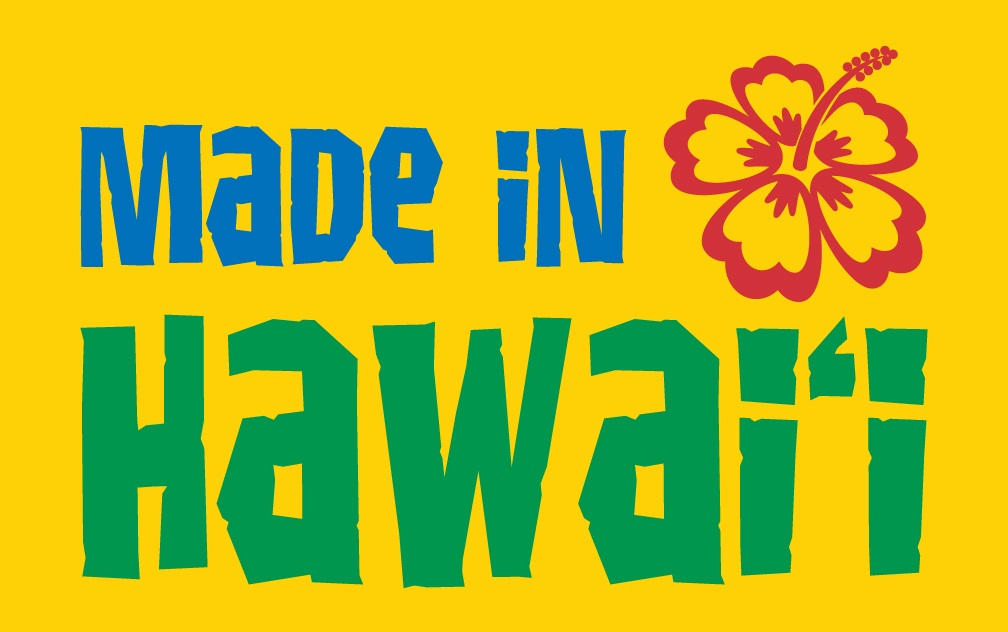
**IMPORTANT PARK NOTICES**
Monitor weather reports before your park visit.
•
[ALL ISLANDS] UPDATE – 12/12/25: Camping - Reservations for February 1, 2026 and beyond available at https://explore.ehawaii.gov, please create an account on Explore Outdoor Hawaiʻi to make a camping reservation.
Lunar Cycle and Spring Tides Spawn Coral Spawning
Posted on Jun 1, 2021(Kohala Coast, Hawai‘i Island) – Shortly after dawn, today and yesterday, a trio of aquatic biologists with the DLNR Division of Aquatic Resources (DAR) carefully watched coral colonies at Waialea Bay at Hāpuna Beach State Recreation Area (SRA).
Once a year, with spring tides and the full moon, corals spawn and send millions of tiny gametes into the water column. However, the annual cycle can be broken.
“A lot of factors come into play,” said DAR Fish and Habitat Monitoring Planner Lindsey Kramer. “Water temperature and salinity are important. Rain events can cause the colonies to wait until the next lunar cycle. The moon cycles are the primary drivers of these spawning events of cauliflower corals.”
She and her colleagues hope the gametes will fertilize with nearby colonies, float to the surface, and within 24-48 hours produce larvae to reseed reef structures with new corals.
Cauliflower coral (Pocillopora meandrina) reefs in west Hawai‘i waters were heavily impacted by a 2015 mass coral bleaching event. Kramer explained, “We’re down to about 5% of the population of this species in West Hawai‘i. Cauliflower coral are especially susceptible to bleaching, so with that 95% loss of cover these spawning events are vitally important. We need to do everything possible to help these reefs recover through this natural reproductive cycle.”
Researchers have now recorded active spawning over the past five years. To give the coral recovery even more of an advantage, this year, in cooperation with the DLNR Division of State Parks, the parking lot at the bay was closed and people were asked to avoid going into the water before noon each day.
At the entrance State Parks Outreach Specialist Dena Sedar explained the reason for the closure to would-be snorkelers. “Everyone really understood the reasons not to interrupt the coral spawning. One of the biggest is to keep personal care products out of the water,” she said.
Scientists say sunscreens form a surface on the water that interact with the coral larvae. Reef-safe sunscreen dispensers are scheduled to be installed at the Waialea Bay Section of the SRA later this year.
DAR Aquatic Biologist Chris Teague commented, “It’s good to let them do their thing without people around as hopefully that allows more settling later on.”
Seeing the results of the spawning is tricky. “Some are carried off-shore and it could be a couple of months before they’re back down on the reef. They might settle back at Waialea, but the spawn could go elsewhere within the region or even across the state,” Teague added.
The spawning was light both days during the closure window. Yet, Kramer said, “I think minimizing the disturbance during these really sensitive times for the corals is definitely a good way to help protect the larvae and ensure they’re healthy.”
Teague concluded, “It’s great when we get to work with other DLNR divisions like State Parks, on a common cause.” DAR has also worked closely with the County of Hawai‘i and the Kahulu‘u Bay Education Center (KBEC) on the closure of the parking lot at that popular snorkeling site, which began yesterday and continues until June 5. KBEC Director Cindi Punihaole reported, “We observed coral spawning at 7:04 a.m. yesterday.”
With the resurgence in tourism, coral experts are renewing pleas to ocean-goers to be aware of their personal impacts on marine environments. Do not touch, sit, or walk on corals. Use sun-protective clothing and head wear and use only reef-safe sunscreens.
KBEC is a program of the Kohala Center and Lindsey Kramer is on contract to the State from the Hawai‘i Coral Reef Initiative (HCRI).


